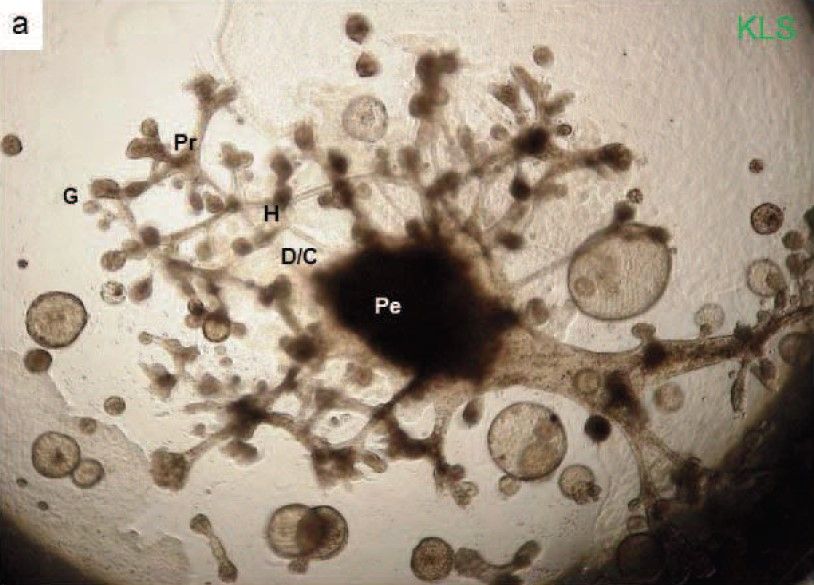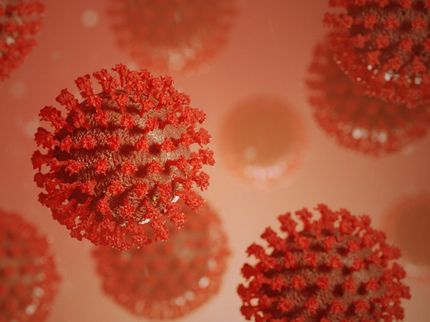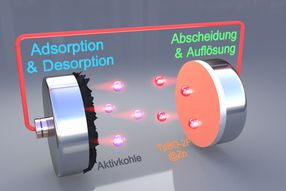Kidney organ regeneration research leaps forward
Researchers at Okayama University Graduate School of Medicine and Kyorin University School of Medicine have successfully generated a kidney-like structure from just a single cell.

A KS cell cluster formed a kidney-like structure (KLS) after 4weeks of incubation using DMEM/F12 plus 10% FCS, 250ng/ml GDNF, 250ng/ml b-FGF, 250ng/ml HGF, 250ng/dl BMP-7 and 500 ng/ml EGF. Glomerulus-like structures were formed at the tips of the tubular structures, proximal like tubules, distal like tubules, collecting duct-like tubules and renal pelvis-like structures. G, glomerulus-like structure; Pr, proximal tubule-like structure; H, loop of Henle-like structure; D/C, distal tubule-like structure or collecting duct-like structure; Pe, renal pelvis-like structure.
“It has been predicted that the kidney will be among the last organs successfully regenerated in vitro due to its complex structure and multiple functions,” state Shinji Kitamura, Hiroyuki Sakurai and Hirofumi Makino at the beginning of their latest report, before continuing to describe results suggesting a far more positive prognosis for the pace of kidney regeneration research. Despite the anatomical challenges posed by the kidney anatomy and the complexities understood from embryonic kidney development processes, the researchers have demonstrated that kidney-like structures can be generated from just a single adult kidney stem cell.
In embryos, kidney development requires two types of ‘primordial’ cells – cells at the earliest stage of development. However by generating kidney-like structures from a single type of kidney stem cell the researchers provide evidence for differences in the organ development in adults and embryos.
Kitamura, Sakurai and Makino – researchers from Okayama and Kyorin Universities - took kidney stem cells from the different kidney components of microdissected adult rats and grew them in culture. A method for growing three-dimensional cell clusters showed that kidney-like structures could form so long as the initial cell cluster was large enough.
The minimum cluster size required might suggest that not all the kidney stem cells have stem cell characteristics. Therefore the researchers cloned kidney stem cells and confirmed that kidney-like structures still formed from the clusters of clone cells after a few weeks.
The researchers add, “Although the physiological roles of such cells are currently unclear, analogous cells in the adult human kidney would be a valuable resource for the regeneration of kidneys in vitro.”
Original publication
Other news from the department science

Get the life science industry in your inbox
From now on, don't miss a thing: Our newsletter for biotechnology, pharma and life sciences brings you up to date every Tuesday and Thursday. The latest industry news, product highlights and innovations - compact and easy to understand in your inbox. Researched by us so you don't have to.






















































